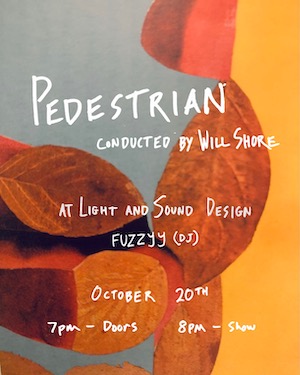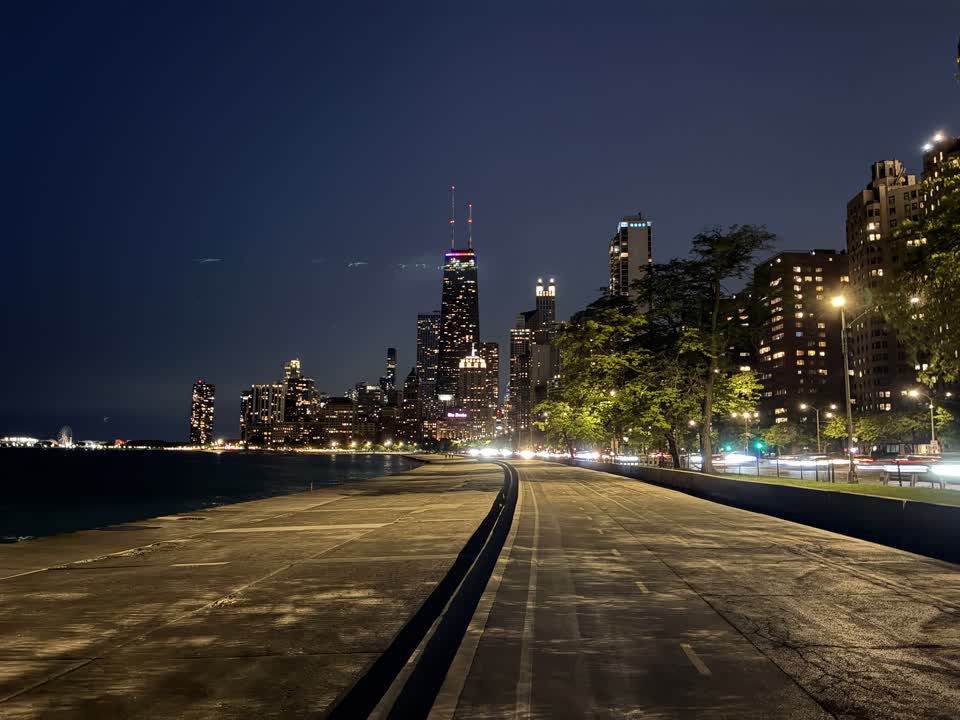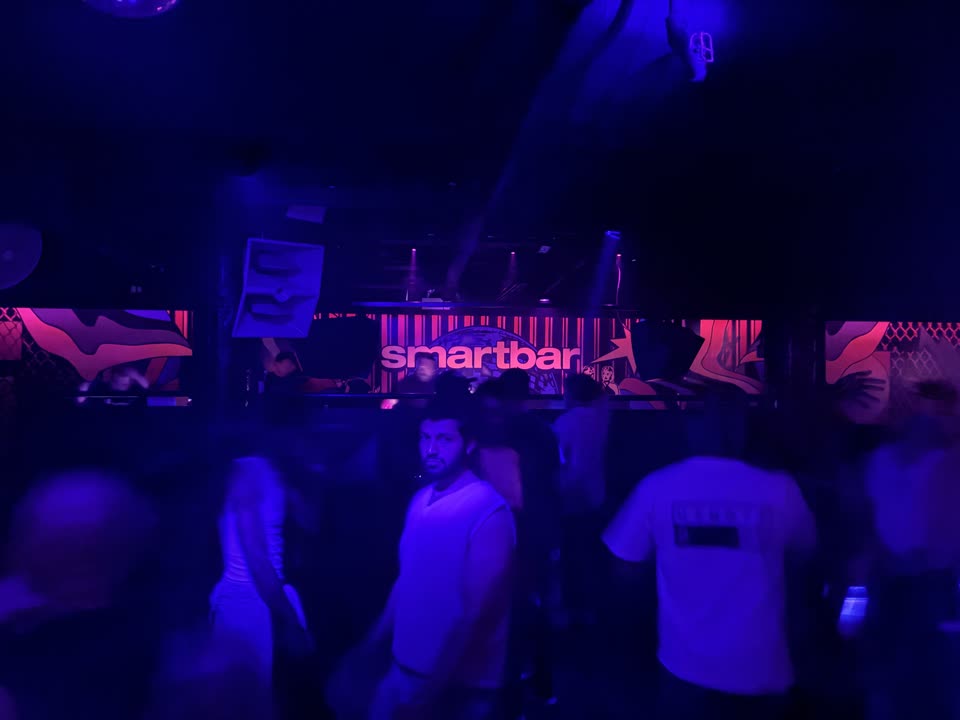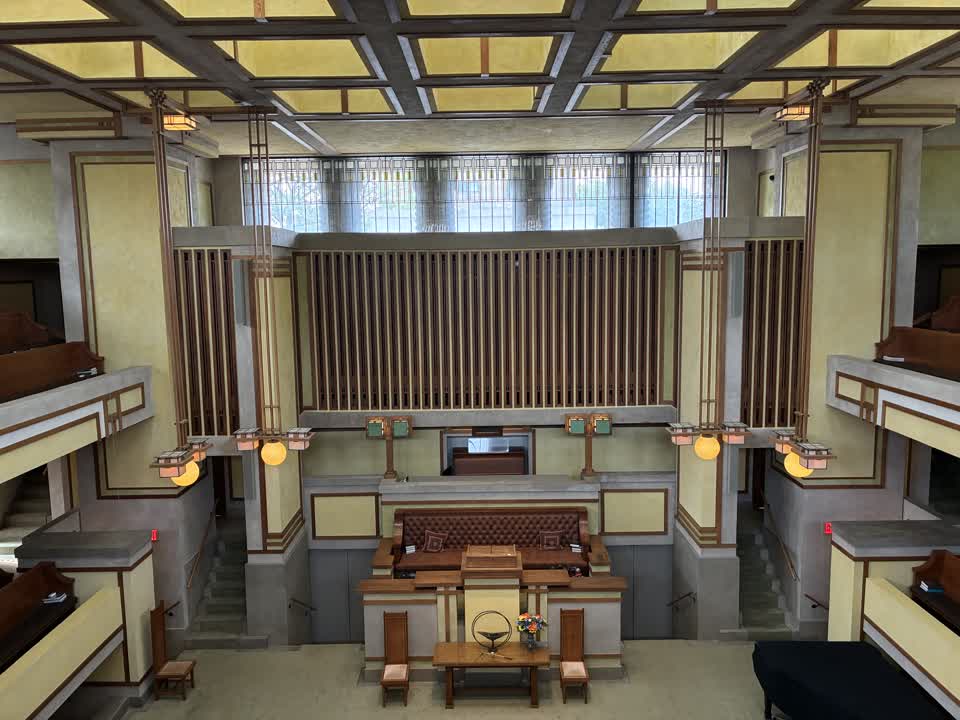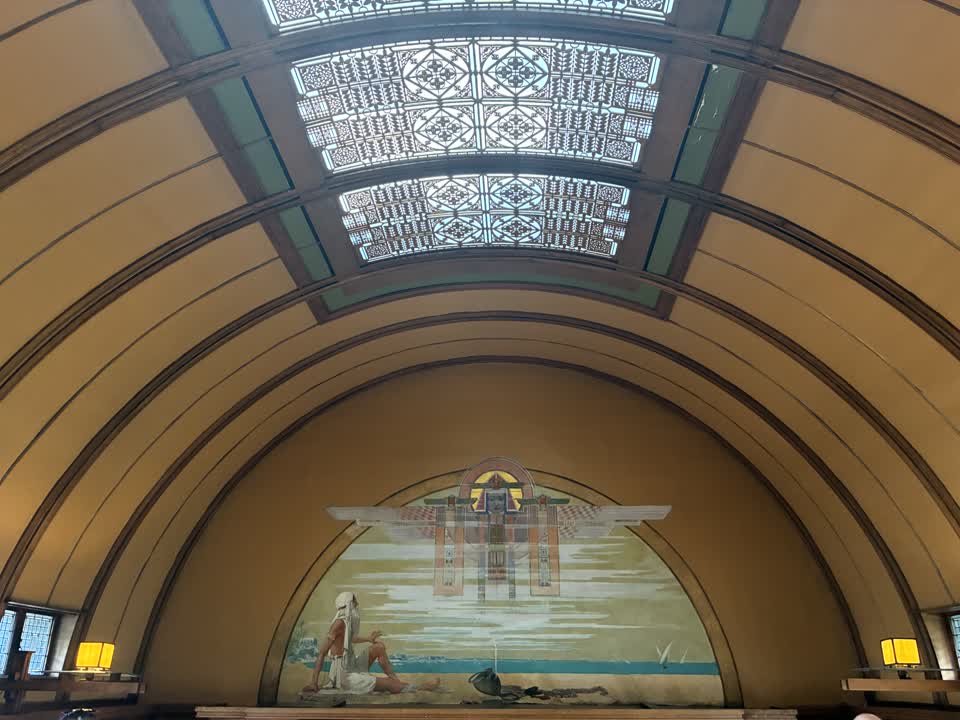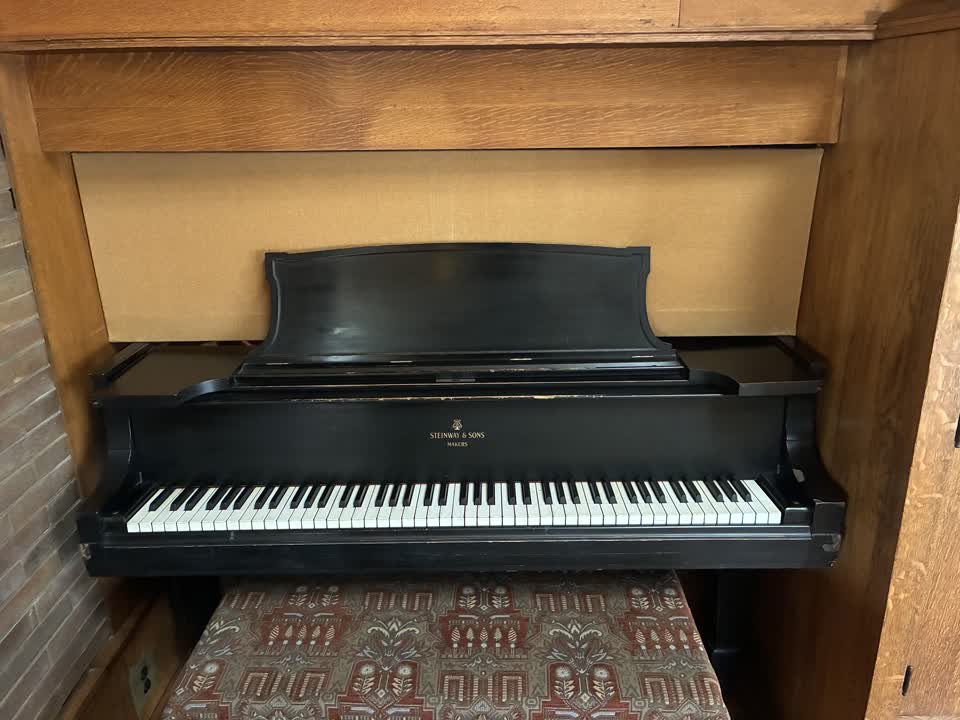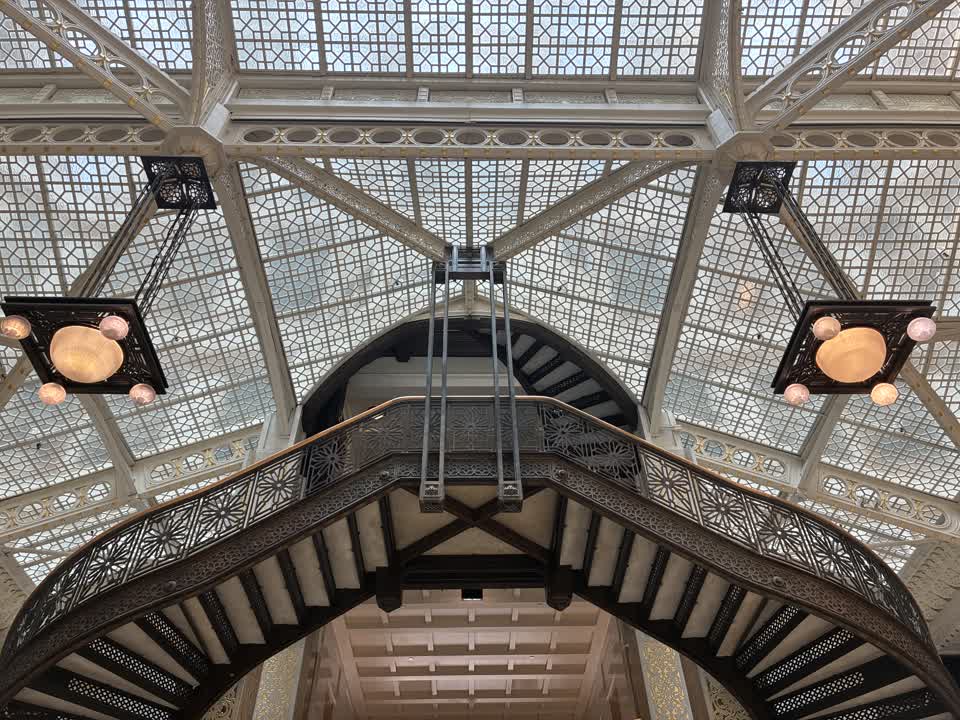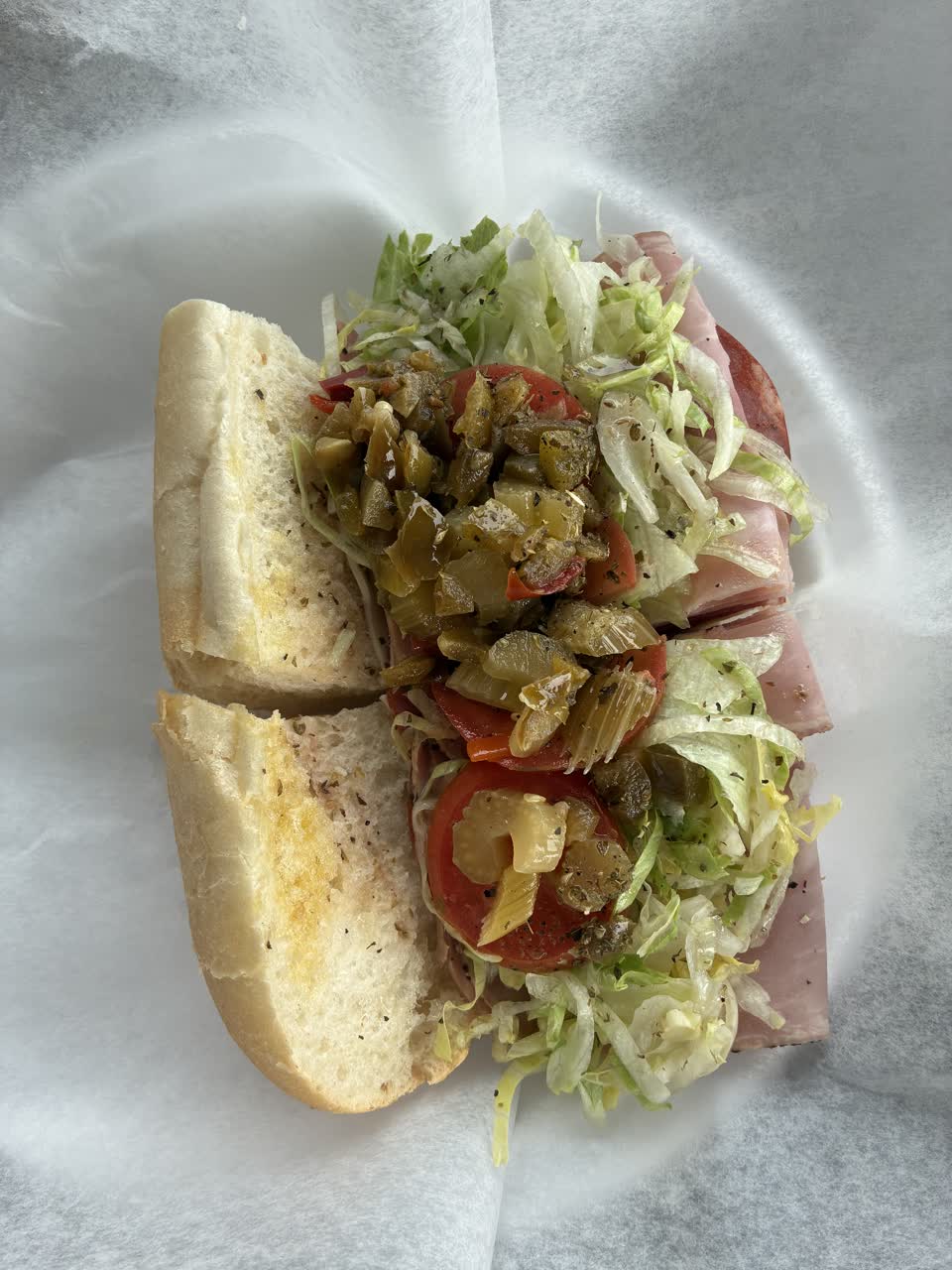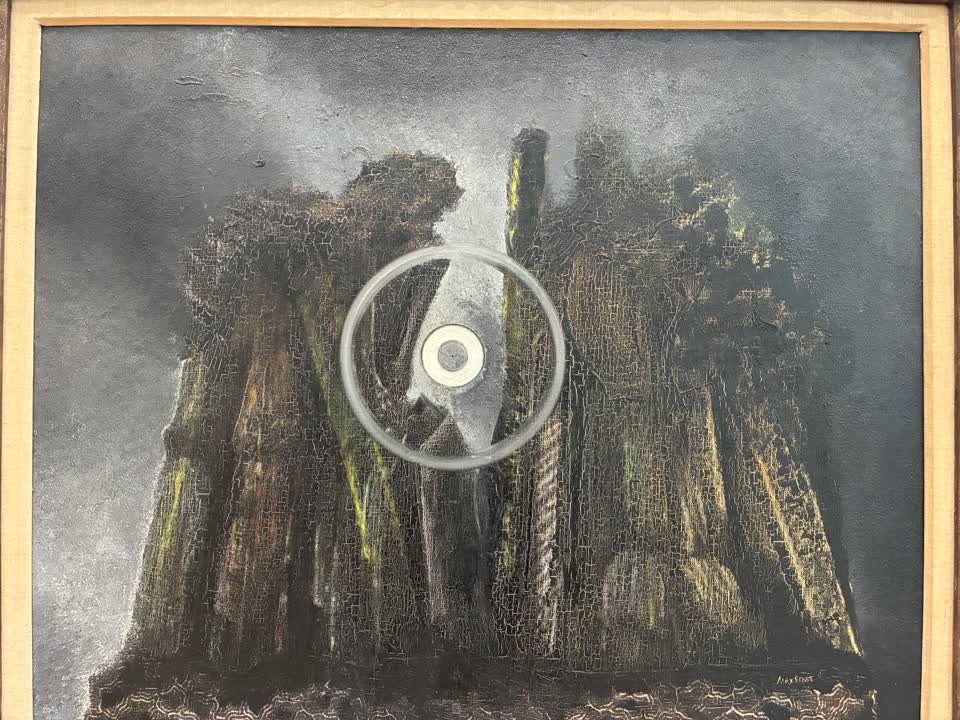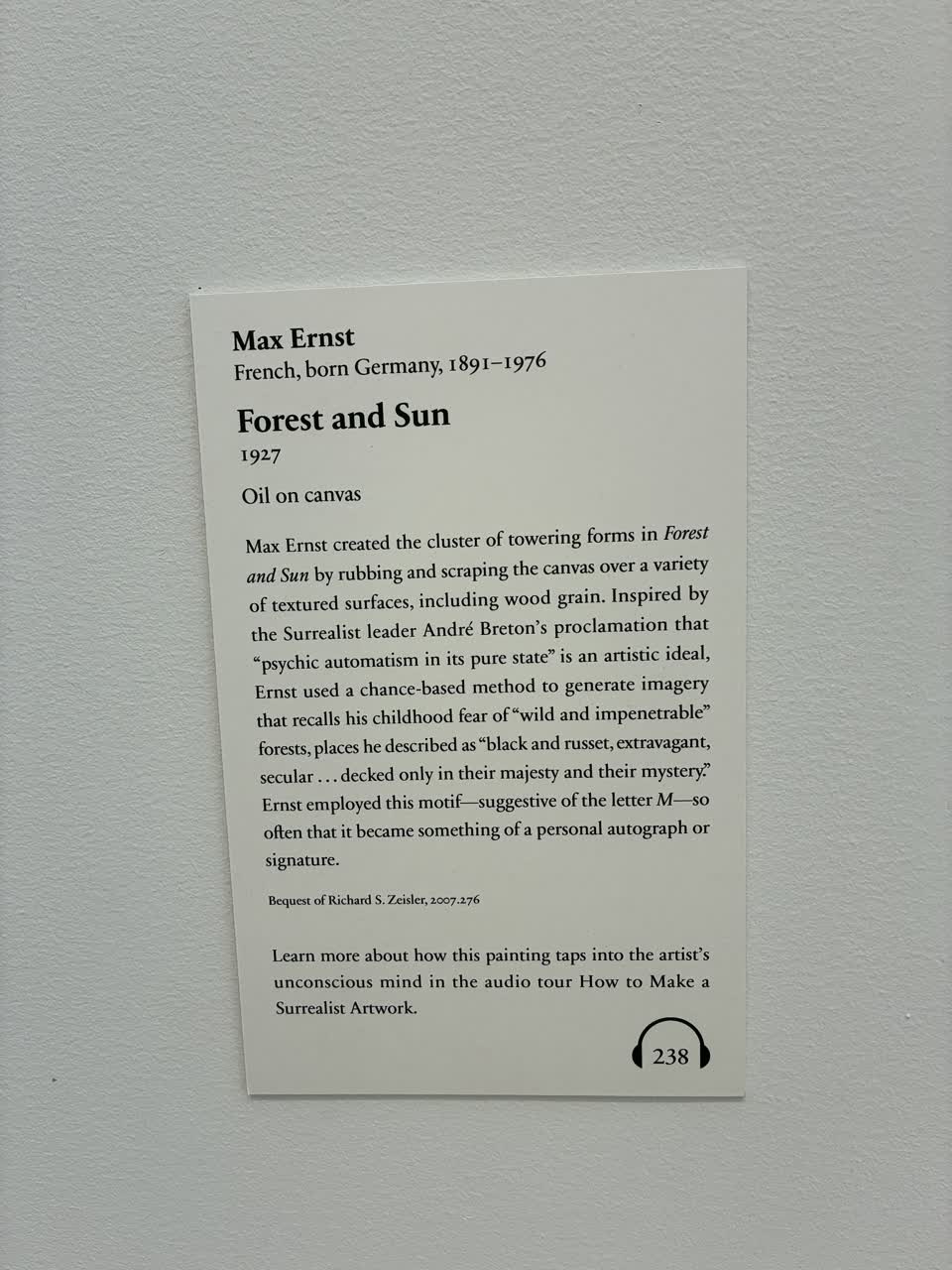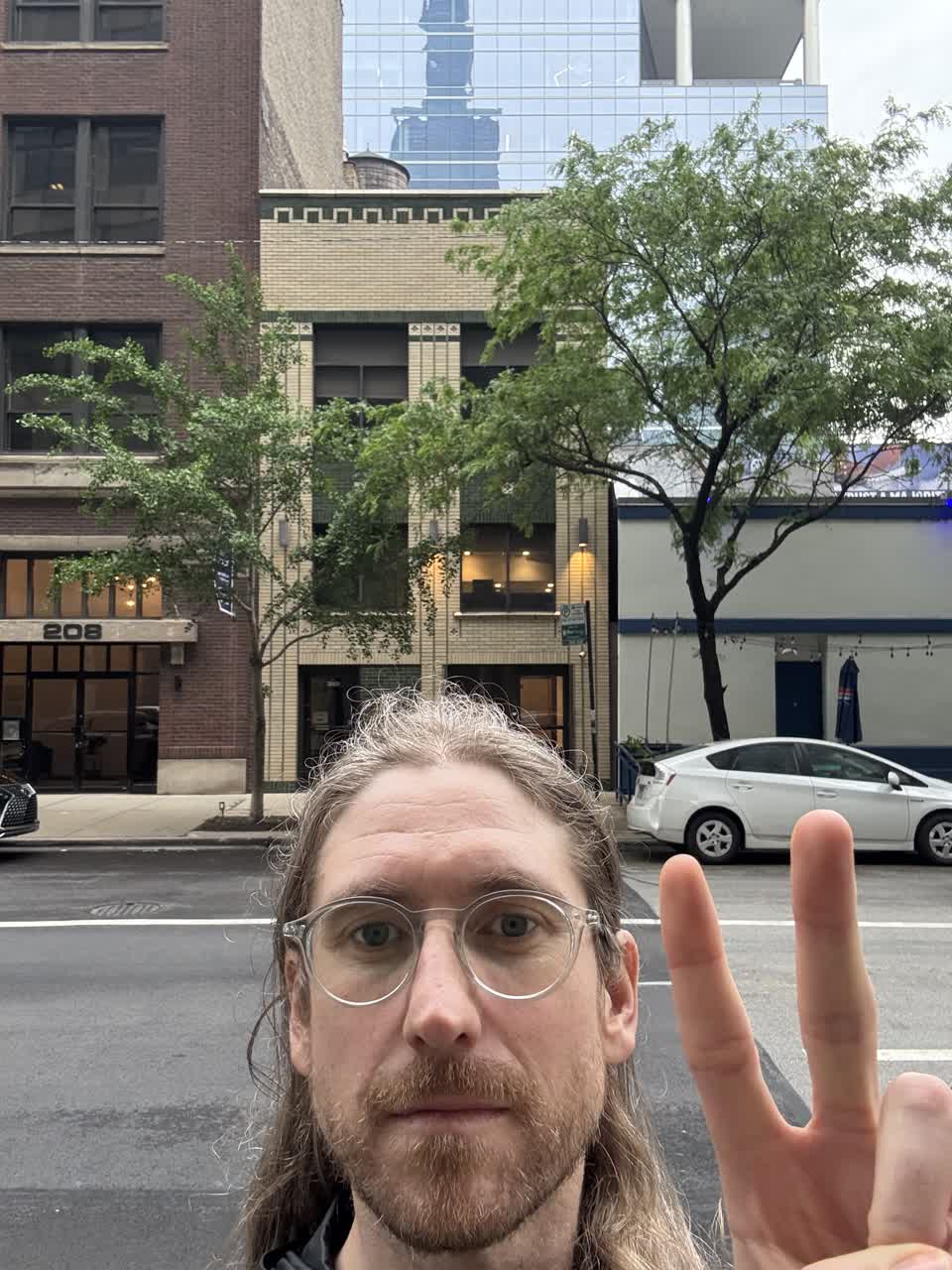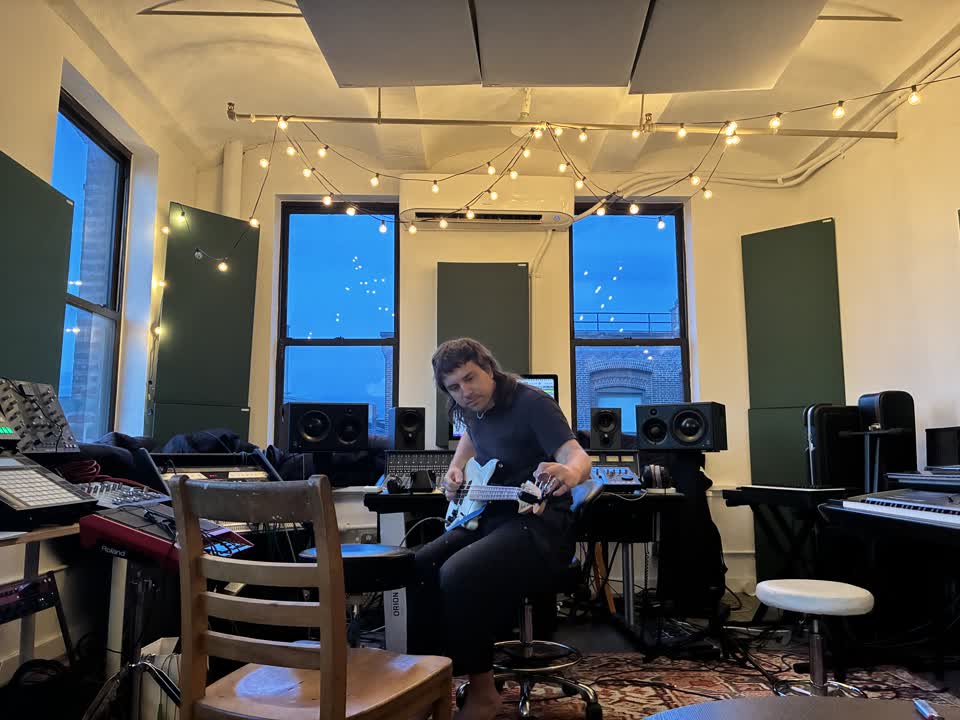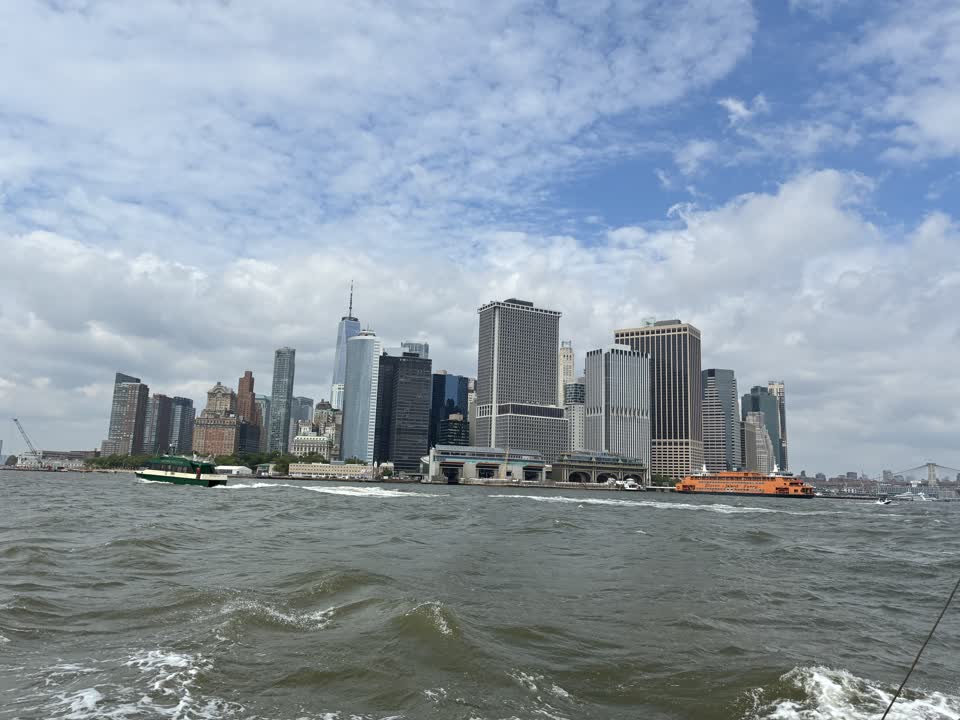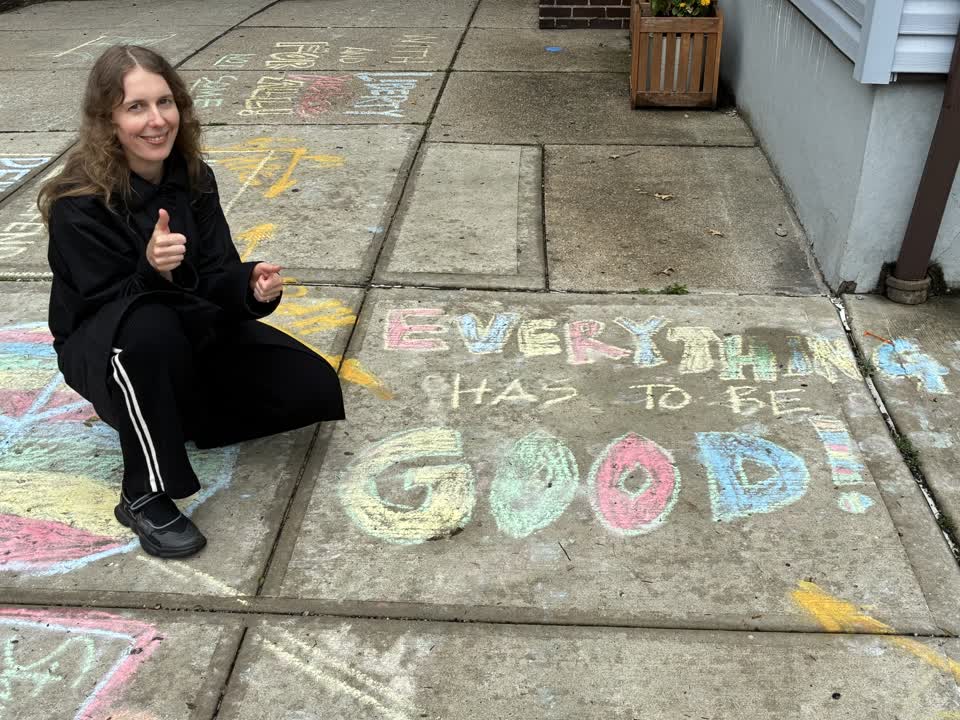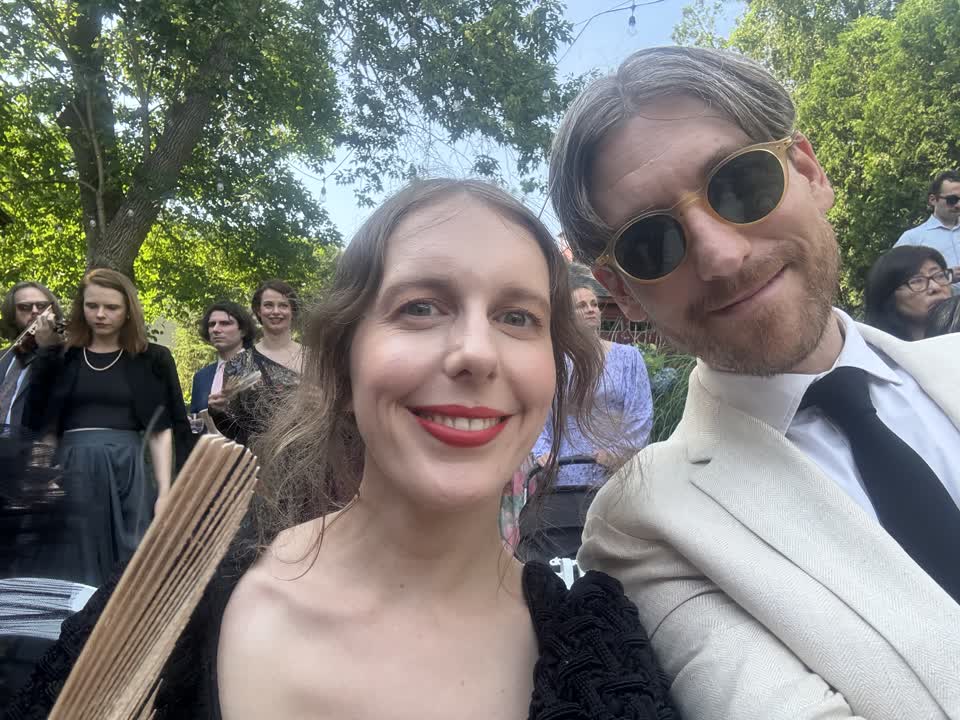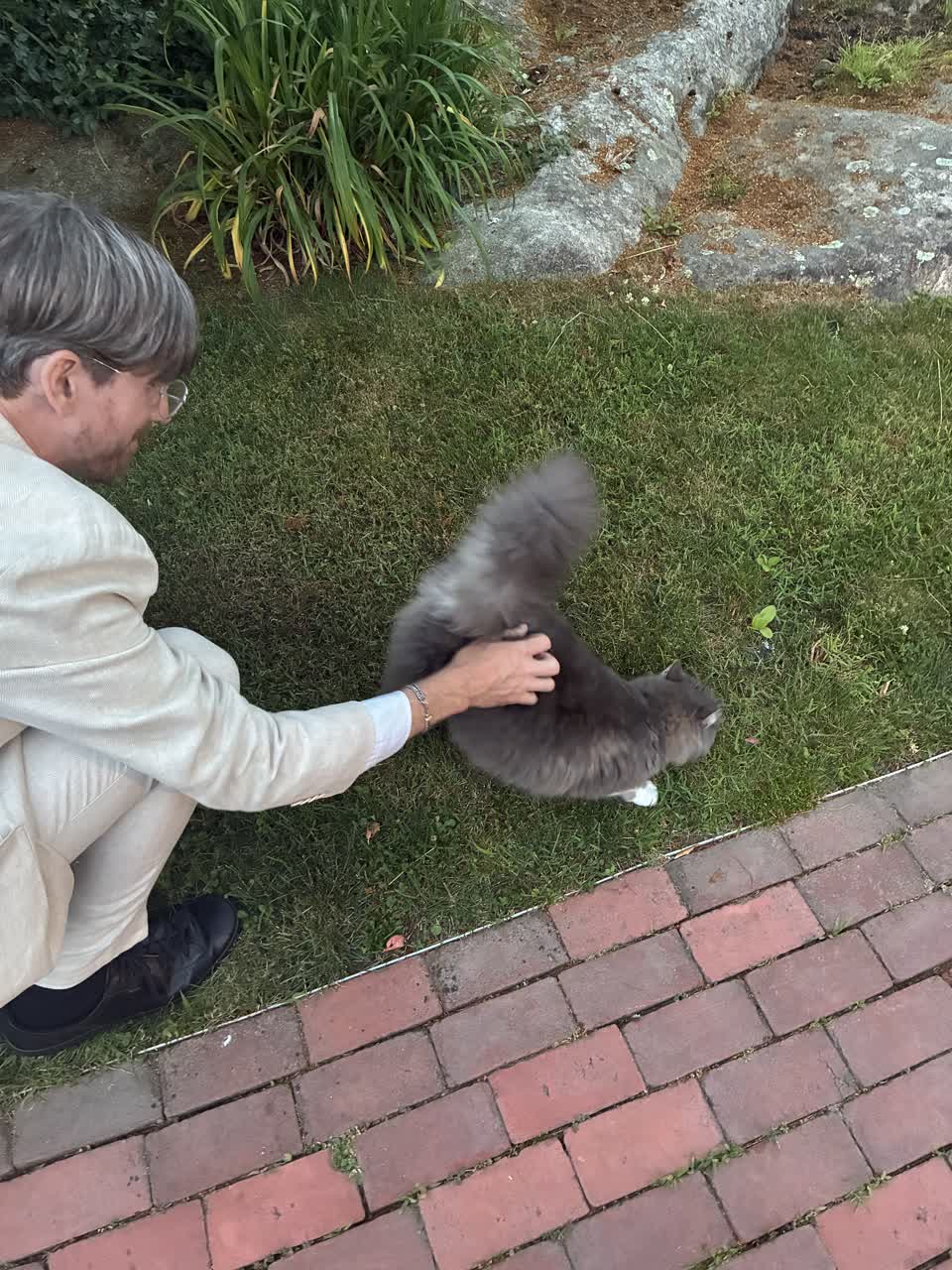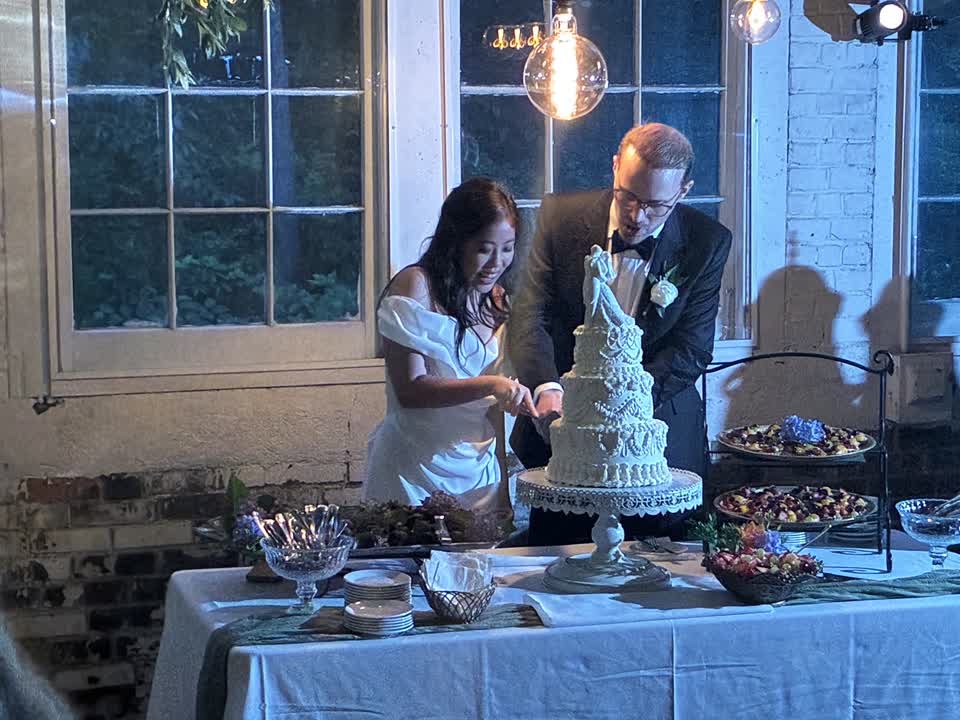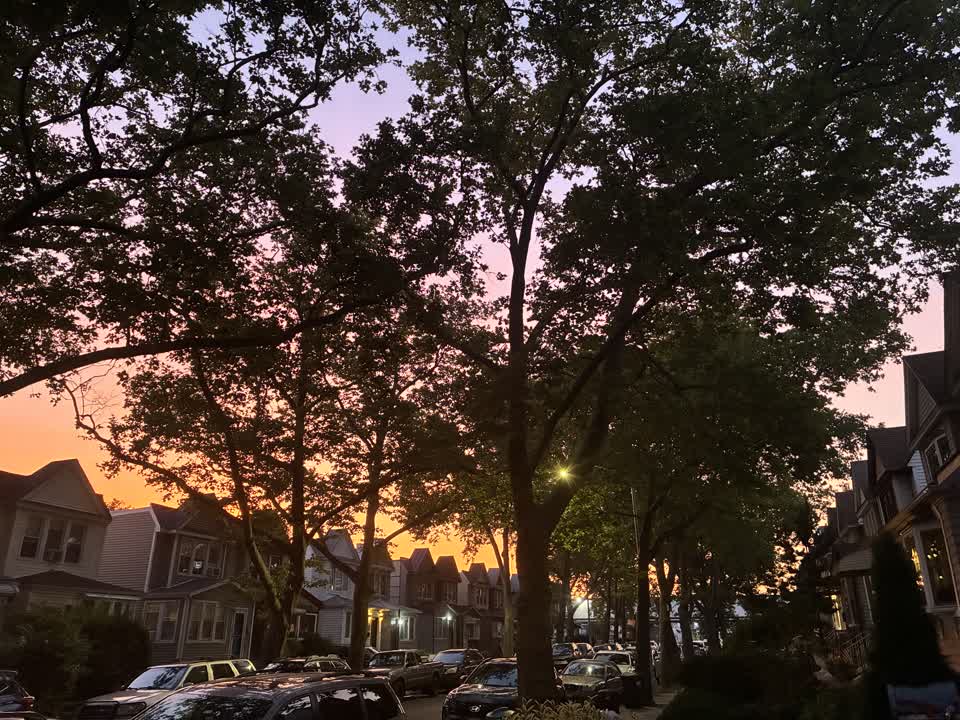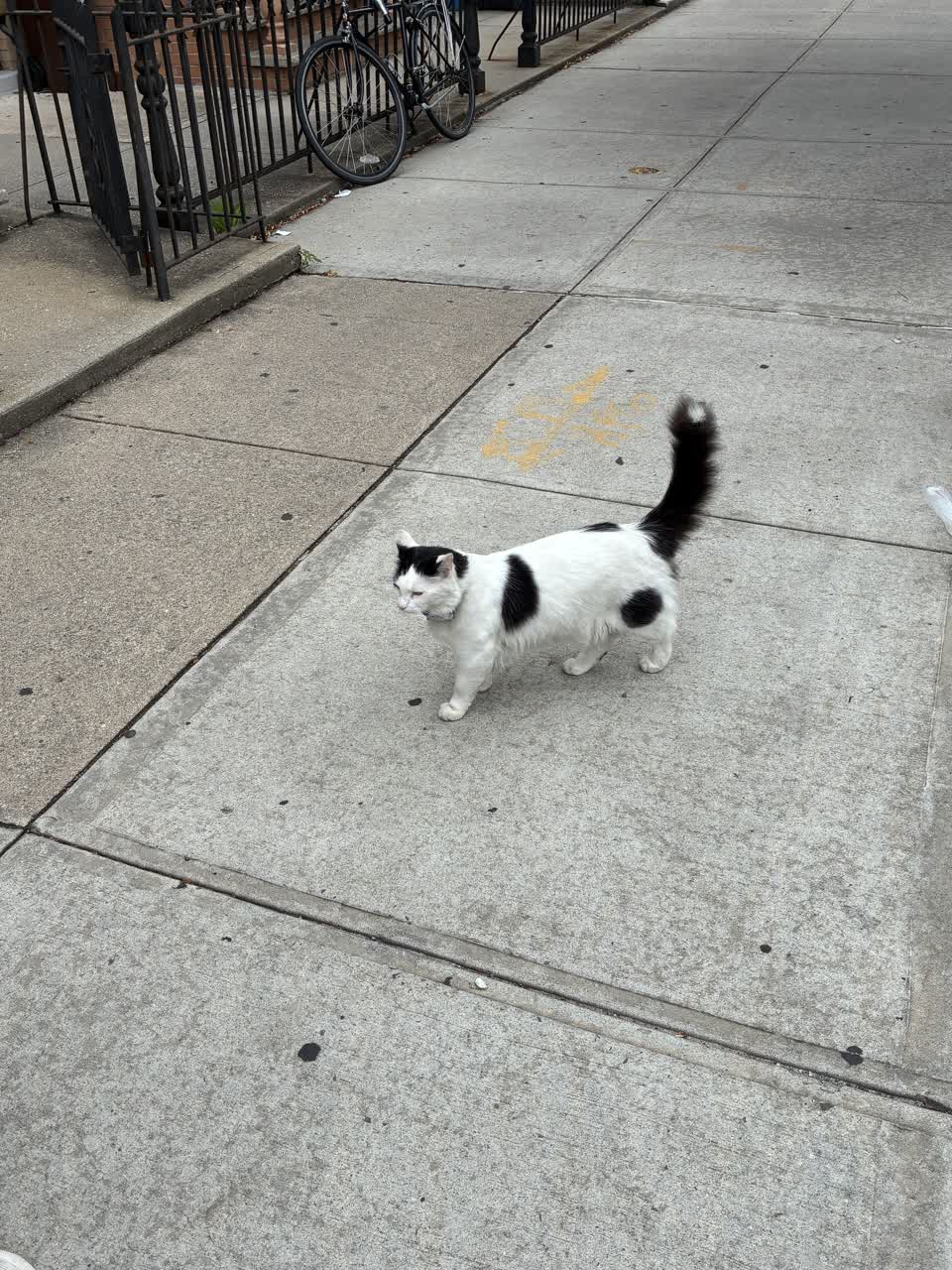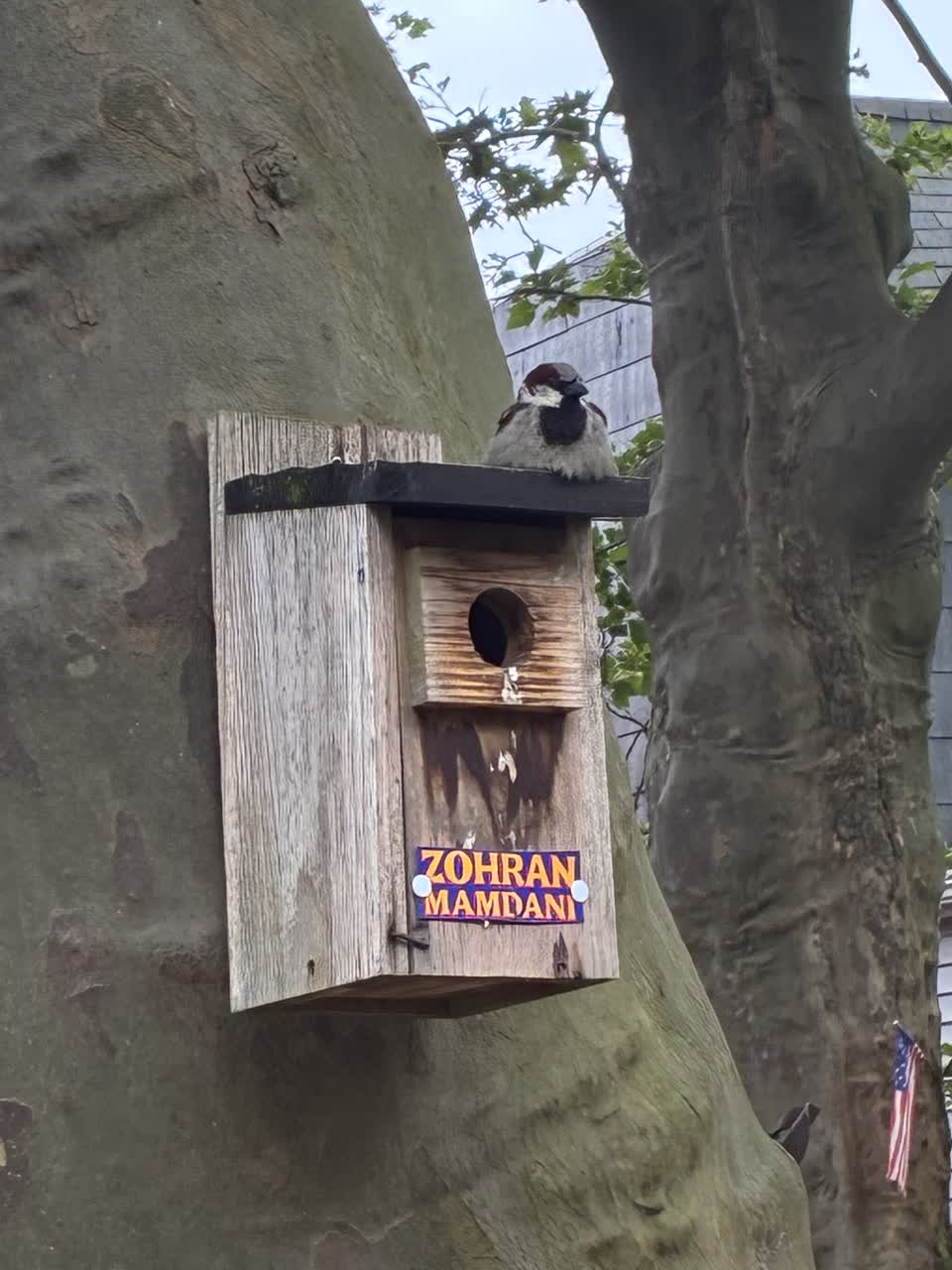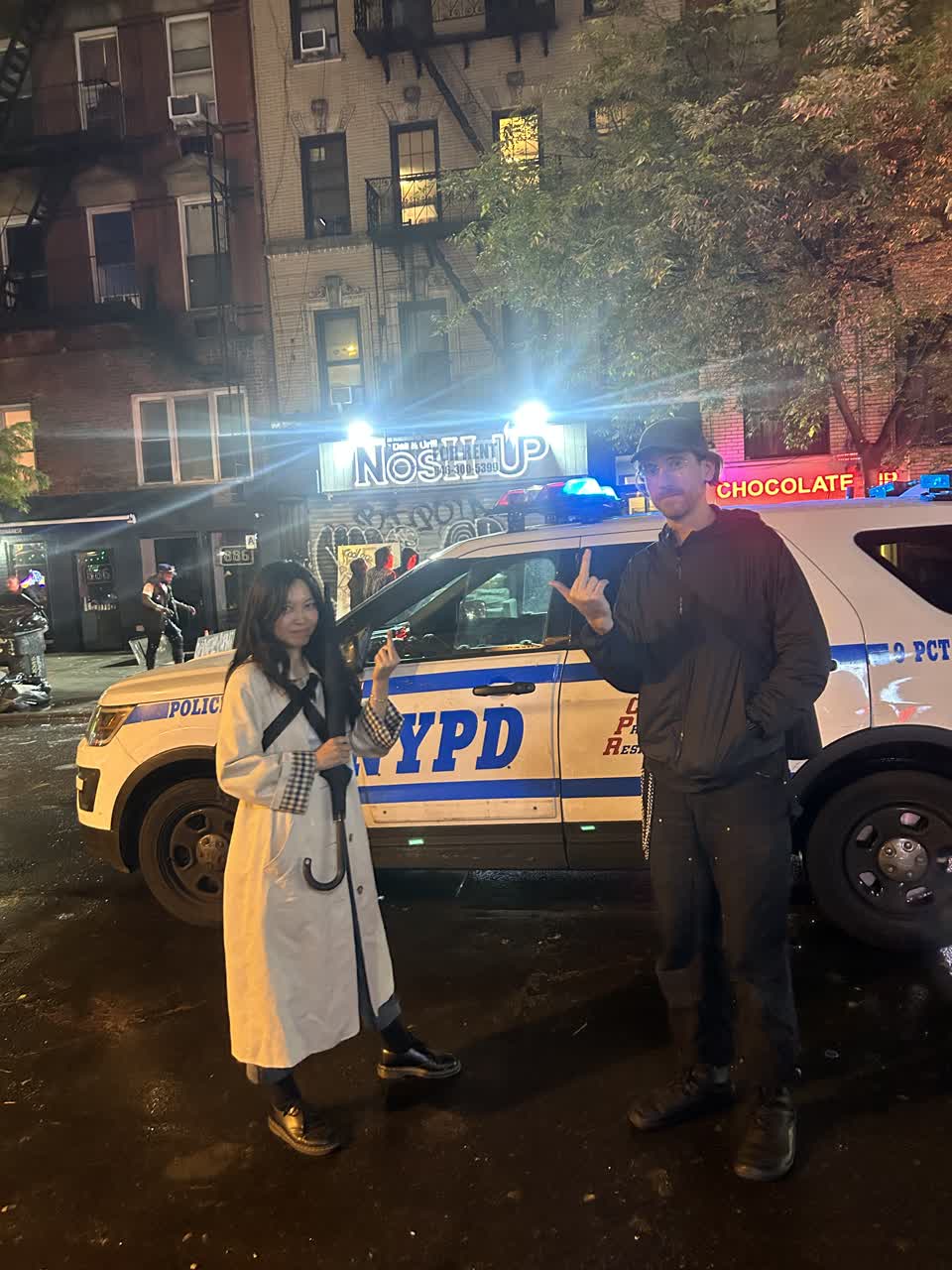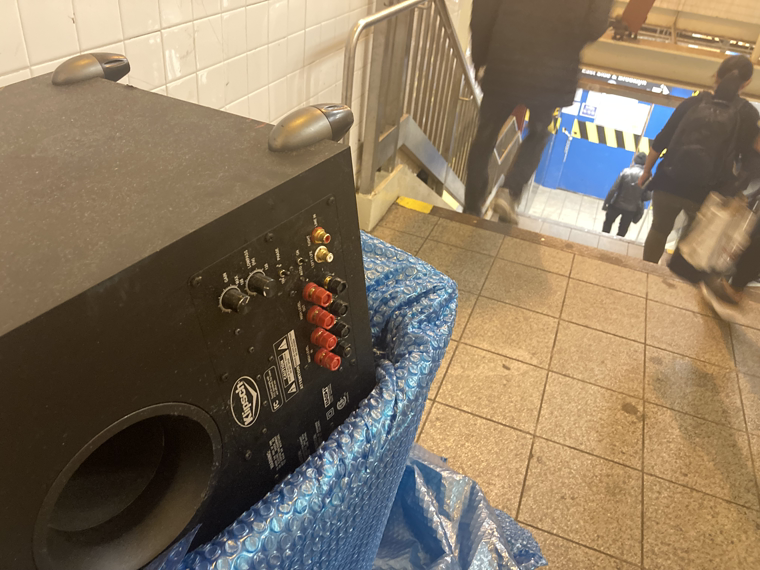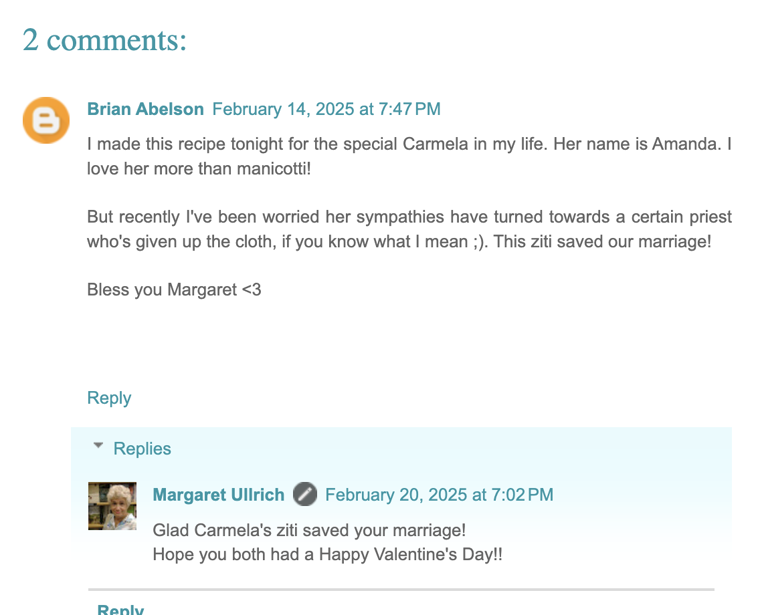My first real job out of college was on 53st and 6th, right across the street from the original halal guys truck and I would eat it all the time for lunch. Even back then there could be a line down the block and you had to show up early to beat the lunch rush.
I made this copycat recipe last night and it was convincingly accurate, maybe even better than the real thing. I was out of cumin so substituted coriander, put less mayo in the sauce than it called for, grilled the chicken instead of sauteed, and used brown rice instead of white basmati in a rice cooker. You could probably make this with tofu or tempeh, too.
Ingredients
For the chicken:
- 2 lbs chicken breasts 900 g, about 6
- 1/4 cup olive oil
- 2 tablespoon lemon juice
- 1 tablespoon white vinegar
- 3 garlic cloves, minced
- 1 teaspoon salt
- 1/2 teaspoon black pepper
- 1 teaspoon oregano powder
- 1 teaspoon all spice or seven spices
- 1/2 teaspoon ginger powder
- 1/2 teaspoon cumin powder
- 1/2 teaspoon paprika powder
- 1 tablespoon vegetable oil for cooking
For the white sauce:
- 3/4 cup Greek yogurt 170g (6oz)
- 1/2 cup mayonnaise 115 g
- 1 tablespoon white vinegar
- 1 tablespoon water
- 1 teaspoon lemon juice
- 1-2 teaspoon sugar
- 1/2 teaspoon salt
- 1/4 teaspoon black pepper
For the rice:
- 2 tablespoon unsalted butter
- 1/2 teaspoon turmeric powder
- 1/4 teaspoon cumin powder
- 1 1/2 cups basmati rice, soaked for 20 minutes then rinsed until water runs clear
- 2 1/2 cups chicken stock or 1 stock cube dissolved in 2.5 cups hot water
- salt and pepper to taste, a pinch of each
To assemble:
- 1 chopped tomato
- handful chopped parsley
- sriracha sauce
Instructions
For the chicken:
- In a bowl, add all the ingredients for chicken marinade, like the olive oil, lemon juice, vinegar, garlic cloves, all the spices and the salt and pepper. Combine until well mixed, then add the chicken breast and toss to coat evenly. Cover the bowl with plastic wrap and marinade for 1-2 hours. (meanwhile you can make the white sauce).
- Heat the vegetable oil in a large skillet on medium high heat, then add the chicken. Cook for 5-6 minutes each side, or until golden brown and cooked through.
- Remove chicken to a cutting board, and let it rest for 10 minutes, before chopping roughly into 2 inch cubes.
For the white sauce:
Mix together all the ingredients for the sauce, and store in the fridge until ready to serve.
For the rice:
- Add the butter to a large saucepan over medium heat. Once melted, add the turmeric and cumin, and stir for 1 minutes or until spices are fragrant.
- Add the basmati rice, and toast the rice by stirring around in the pan for 4 minutes. Add the chicken stock, plus a pinch of salt and pepper to season. Stir and bring to a boil, then reduce heat to a simmer, cover and cook for 15 minutes.
- After rice cooking time, once all the water has been absorbed, remove pan from the heat and set aside for 15 minutes without disturbing. After 15 minutes, fluff gently with a fork.
To assemble:
Place the rice in your serving platter, top with the chicken, the white sauce, and chopped tomatoes and parsley. You can add some pita bread too. Optionally, but recommend, drizzle with sriraracha sauce!
